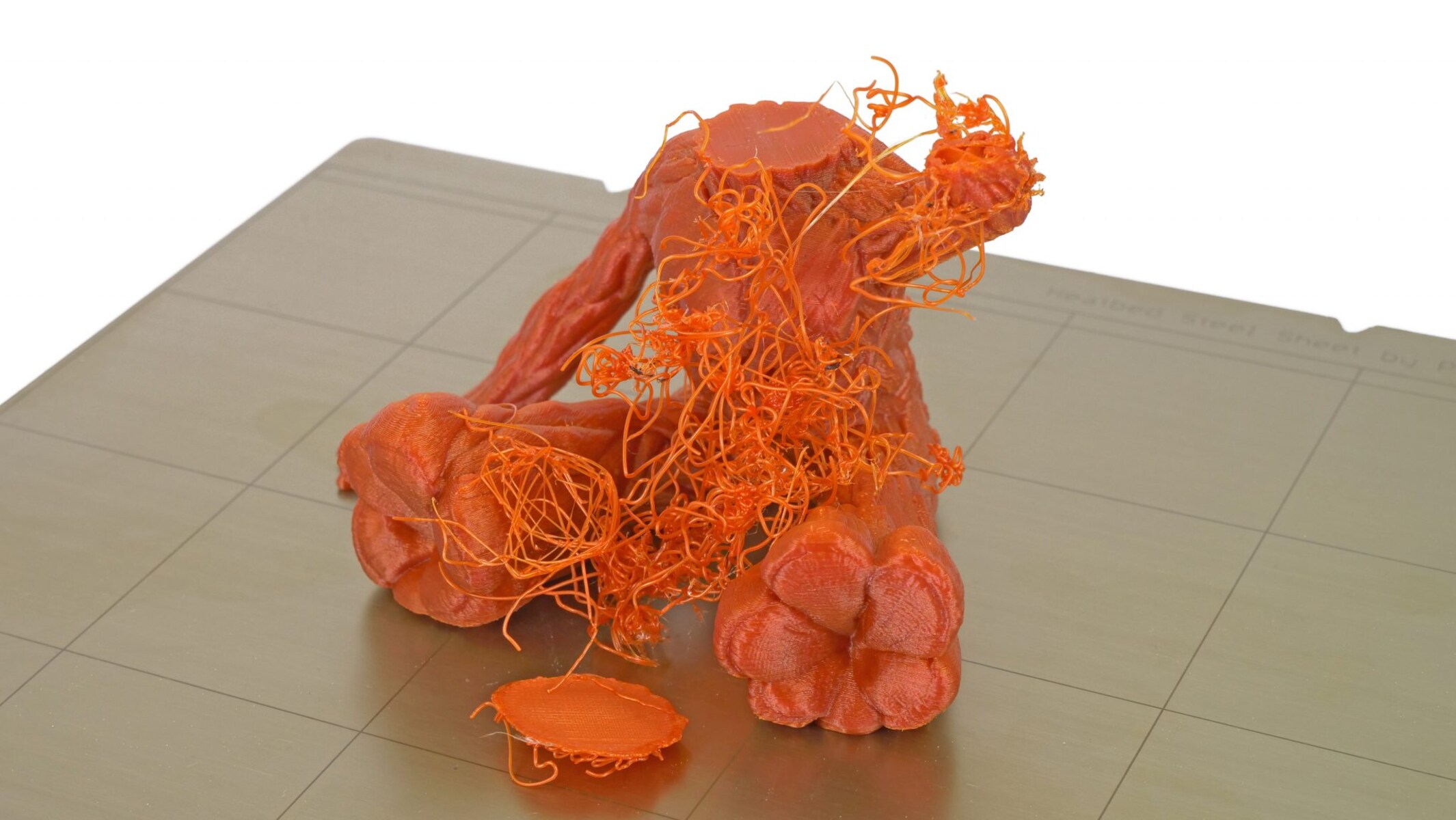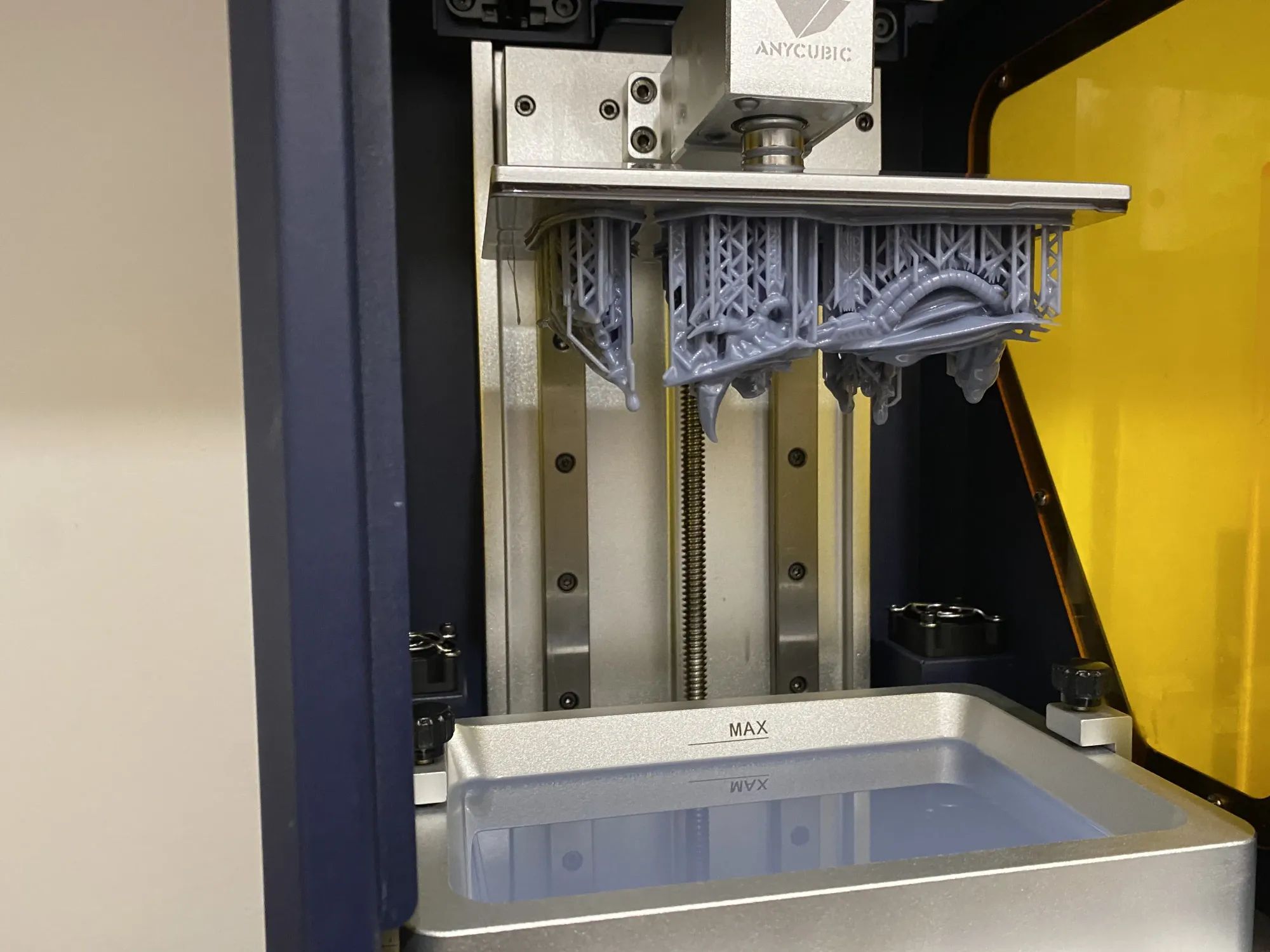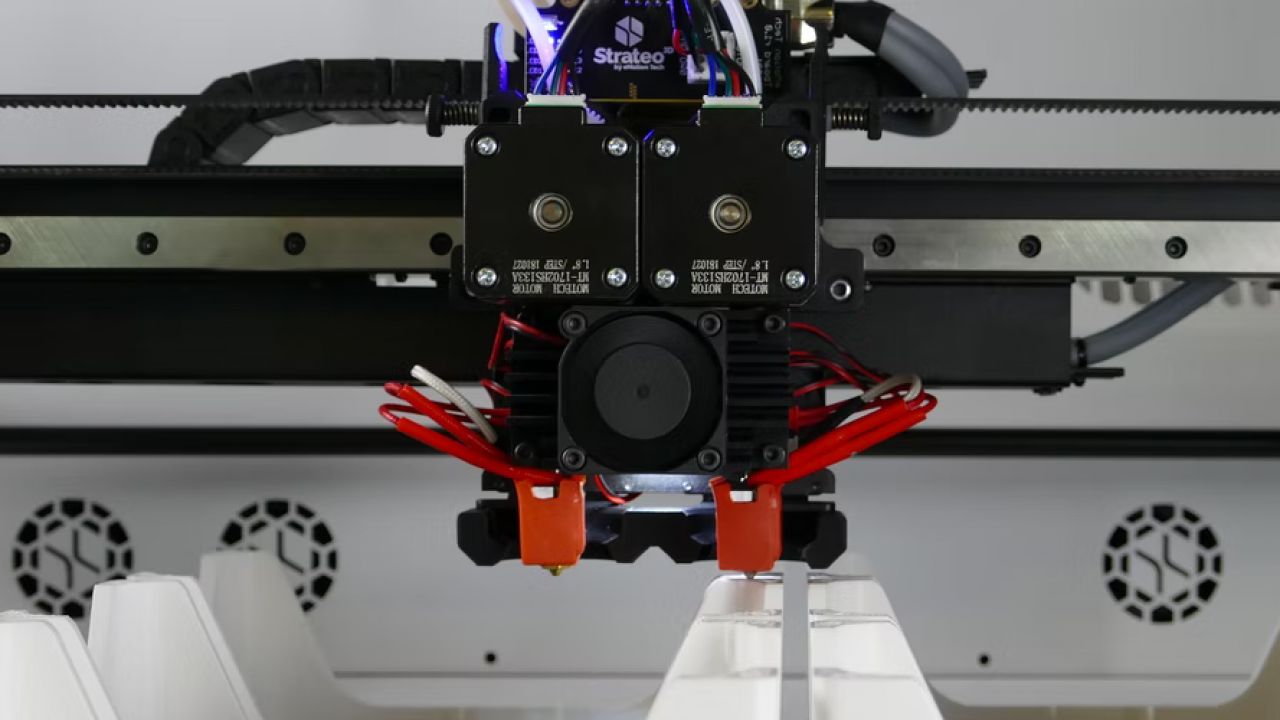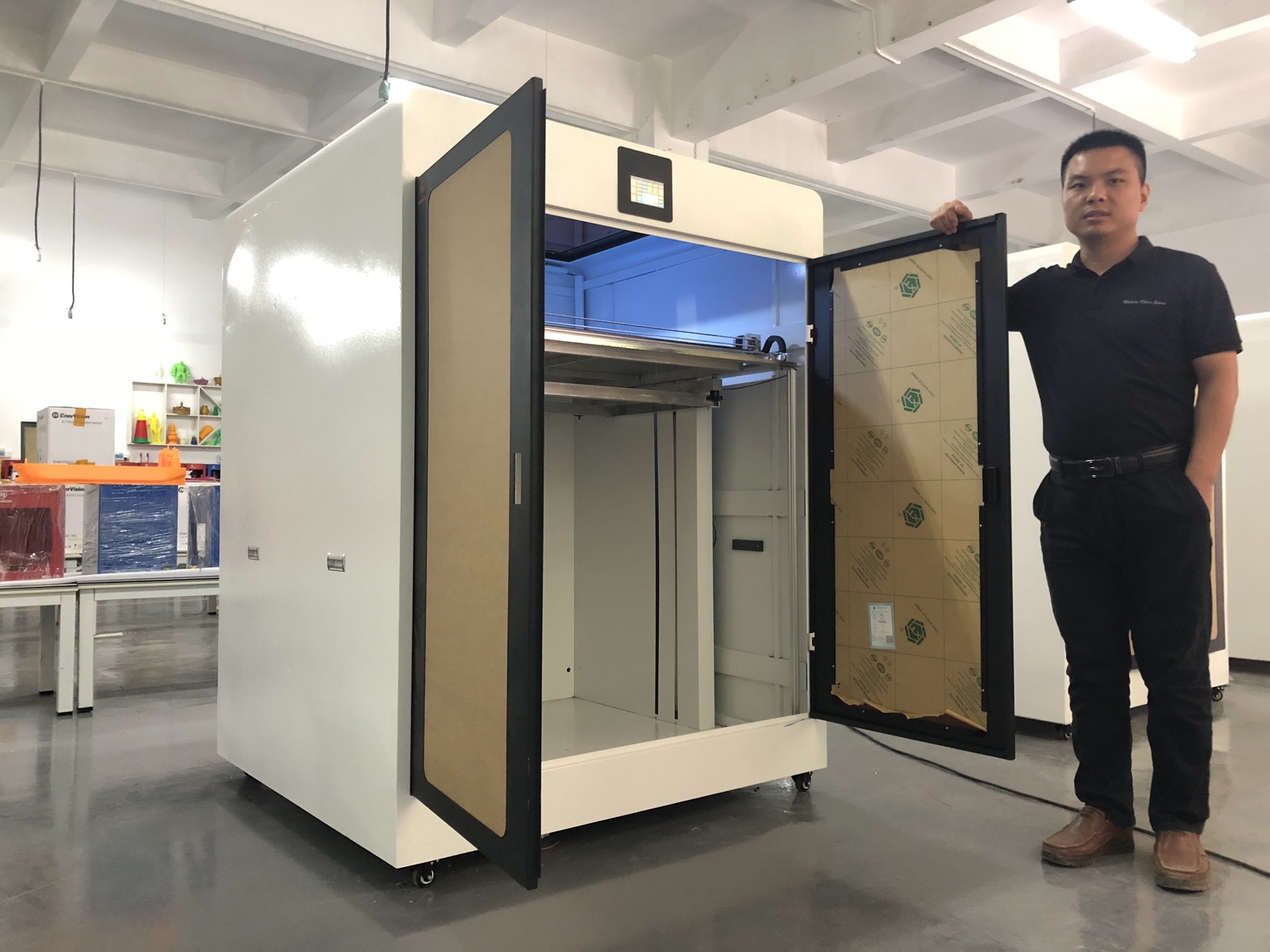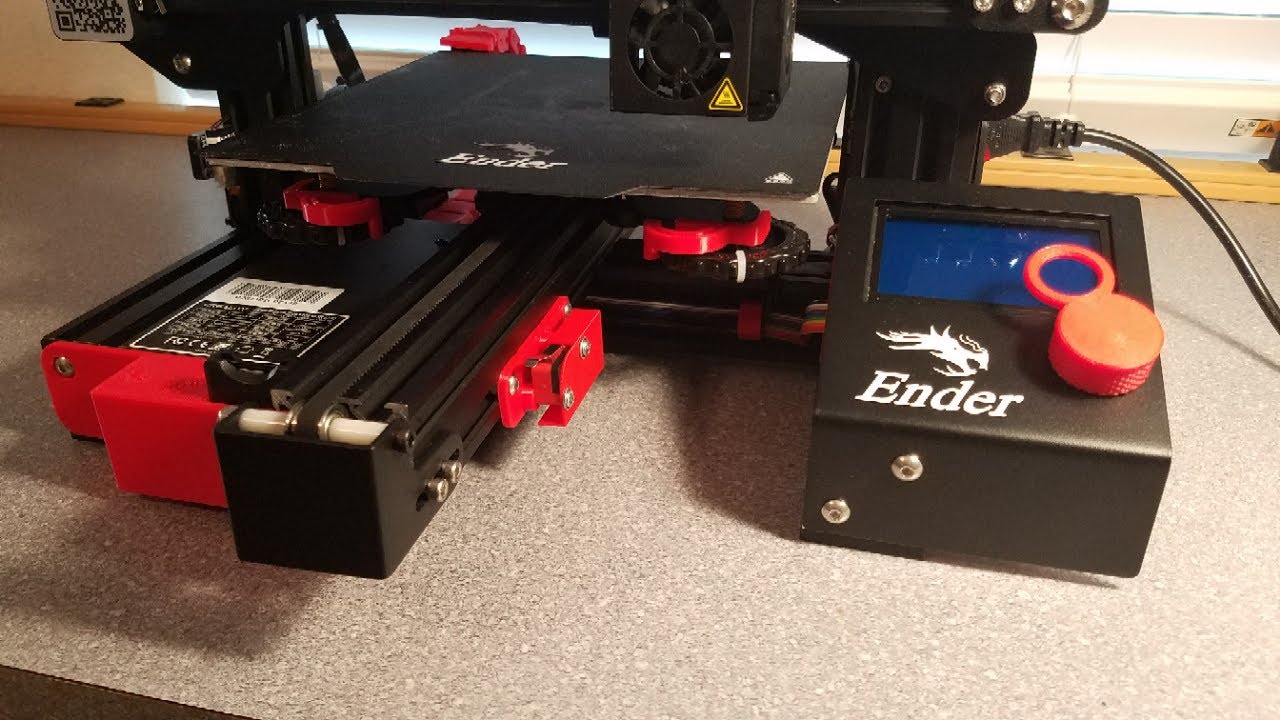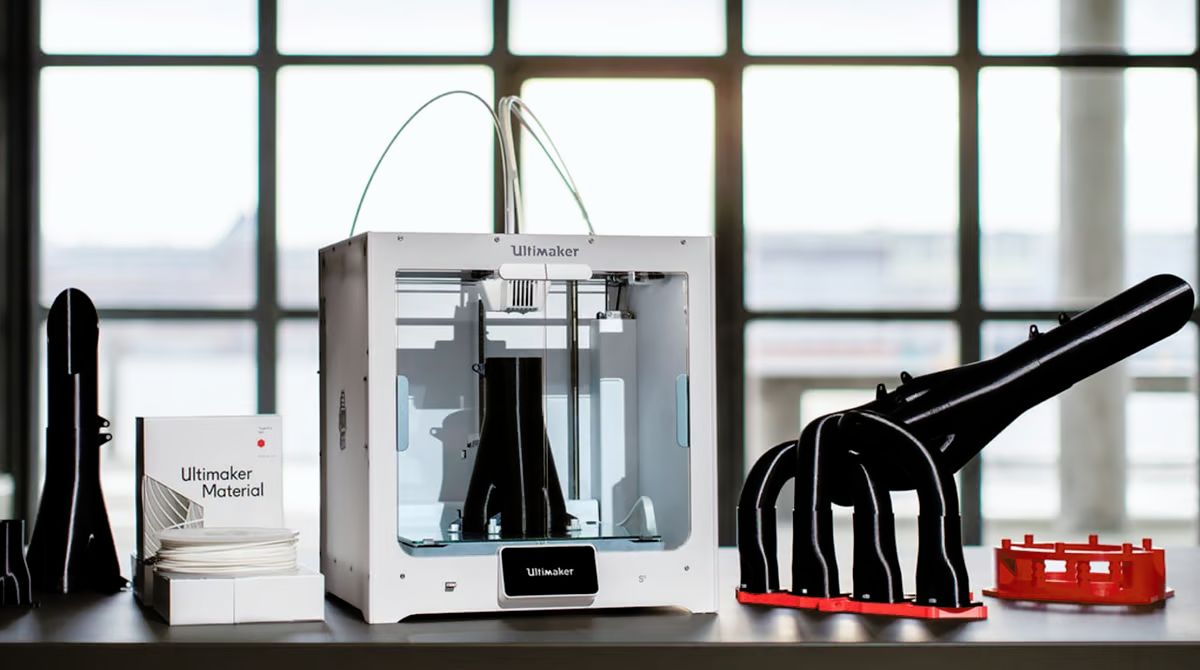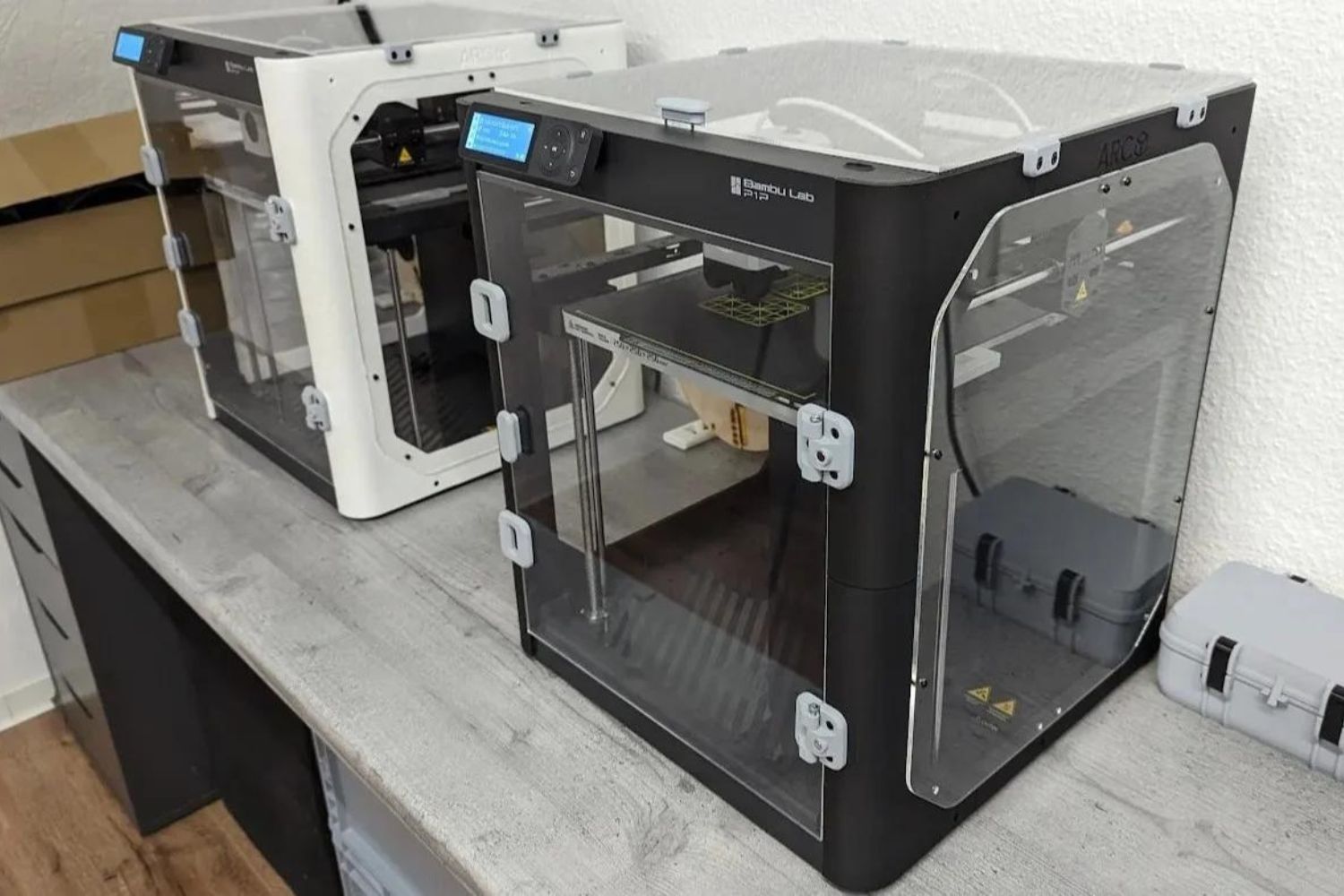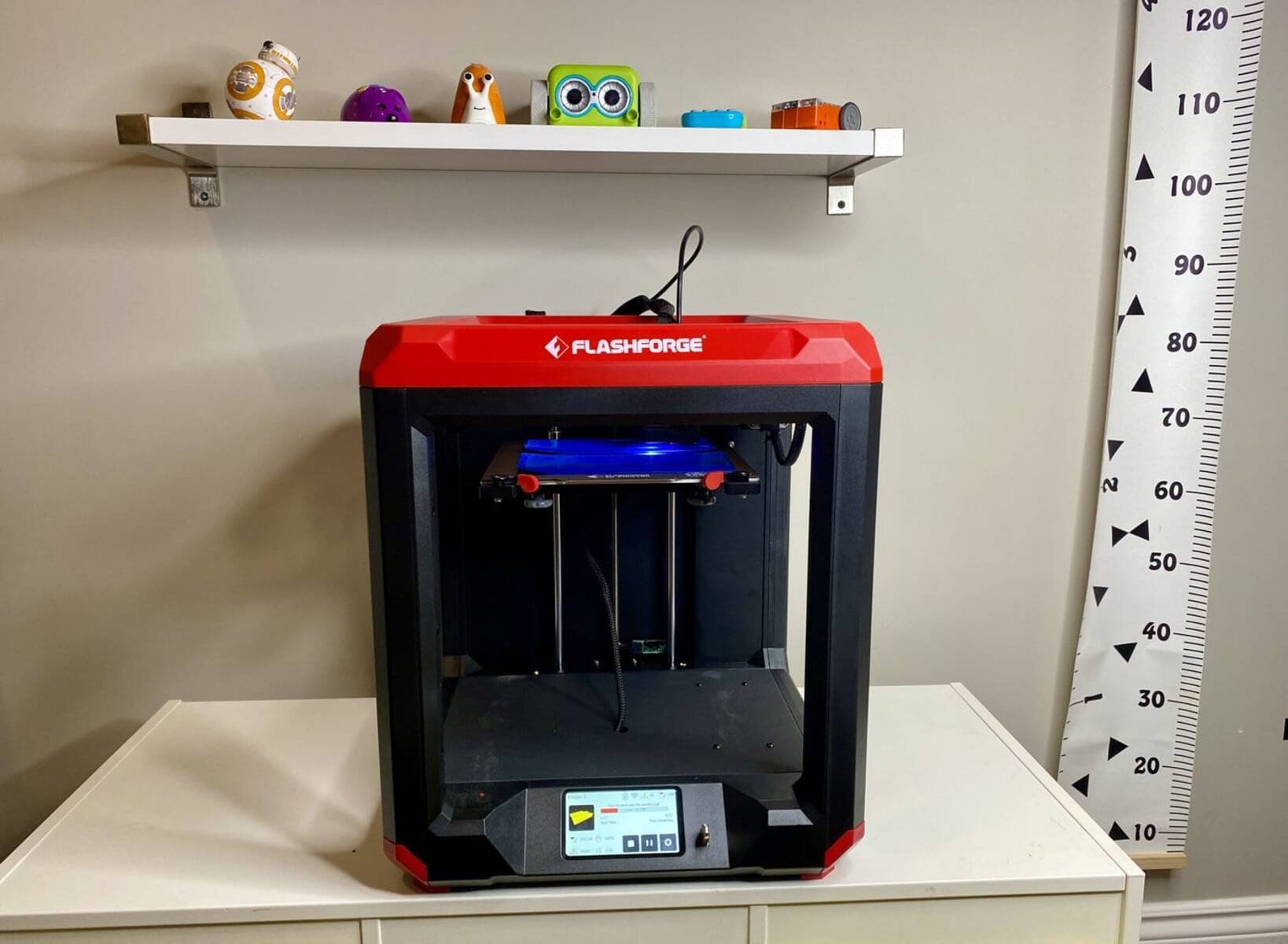Introduction
When you invest in a 3D printer, you expect it to operate smoothly and consistently, bringing your creations to life with precision. However, there may be times when you encounter the frustrating issue of your 3D printer stopping mid-print. This unexpected interruption can be both time-consuming and disappointing, especially if you’ve been eagerly anticipating the completion of a project.
In this article, we’ll explore the possible reasons why your 3D printer may be stopping mid-print and discuss potential solutions to get your printer back on track. Understanding these common issues will help you troubleshoot and resolve the problem quickly, enabling you to continue enjoying the benefits of 3D printing.
Before we delve into the specific causes of a halted print, it’s important to note that occasional interruptions are not uncommon in the world of 3D printing. Even the most advanced printers can experience glitches or encounter obstacles during the printing process. However, by identifying and addressing the underlying reasons for these interruptions, you can minimize their occurrence and ensure a smoother printing experience.
So, if you’ve ever found yourself wondering, “Why is my 3D printer stopping mid-print?” read on as we explore some of the most common culprits and provide practical solutions to help you overcome them.
Now, let’s dive into the potential causes of a halted 3D print and discover how to troubleshoot each issue effectively.
Power Interruption
One of the primary reasons why your 3D printer may be stopping mid-print is a power interruption. This can occur due to several factors, such as a sudden power outage, a loose power cable connection, or a faulty power supply.
If a power interruption occurs while your printer is in the middle of a print job, it will halt the process immediately. When power is restored, the printer will not resume from where it left off. Instead, you will need to start the print job from the beginning.
To avoid this issue, ensure that your 3D printer is connected to a stable power source. Use a surge protector or a UPS (Uninterruptible Power Supply) to safeguard against power surges and outages. Additionally, check the power cable connections to ensure they are properly plugged in and secure.
If you experience frequent power interruptions in your area, consider investing in an automatic power backup system, like a UPS. This will provide a temporary power supply during outages, allowing your 3D printer to continue uninterrupted.
Another precautionary measure you can take is to save your print files onto an SD card or a USB drive. This way, if a power interruption occurs, you can easily reload the file and resume the print job once power is restored.
By addressing power interruption issues and implementing these preventive measures, you can significantly reduce the chances of your 3D printer stopping mid-print due to power-related problems.
Filament Jam
Another common cause of a 3D printer stopping mid-print is a filament jam. This occurs when the filament gets stuck or clogged inside the printer’s extruder or hot end, preventing it from flowing smoothly.
There are several factors that can contribute to filament jams, including improper filament loading, a dirty or misaligned extruder, or even low-quality or tangled filament. When a jam occurs, the extruder motor may struggle to push the filament through, causing the print to come to a halt.
To resolve this issue, start by checking the filament path and ensuring that it is properly aligned and free from any obstructions. Clean the extruder and hot end to remove any debris or residue that may be causing the jam. You may also need to adjust the extruder tension or temperature settings to facilitate smoother filament flow.
If the filament is tangled or of poor quality, it is recommended to replace it with a fresh spool of high-quality filament. Tangled filament can cause feeding issues and increase the chances of a filament jam occurring.
Additionally, make sure that the filament is loaded correctly into the printer. Improper loading can lead to misalignment or partial blockage of the filament, resulting in a jam.
By regularly inspecting and maintaining your printer’s extruder, cleaning the hot end, and using high-quality filament, you can prevent filament jams and keep your print jobs running smoothly.
Overheating
Overheating is another potential culprit behind a 3D printer stopping mid-print. When the components of the printer, such as the extruder or the stepper motors, become too hot, the printer’s thermal safety features may trigger, causing it to pause the print job.
Several factors can contribute to overheating, including inadequate cooling or ventilation, prolonged use without breaks, or high ambient temperatures. Overheating can affect the printer’s performance and lead to other issues, such as filament jams or even damage to the printer’s components.
To address overheating problems, ensure that your printer is placed in a well-ventilated area. Adequate airflow around the printer will help dissipate heat and prevent excessive temperatures.
Consider adding additional cooling fans or heat sinks to the printer’s hot end or stepper motor drivers to improve thermal management. These additional cooling measures can help regulate the temperature and prevent overheating during long print jobs.
If you are operating your 3D printer in a warm environment, try reducing the printing speed or increasing the cooling fan speed to keep the temperature under control.
Regularly monitor the temperature of your printer’s components using the built-in temperature sensors or external thermal monitoring devices. This will allow you to take necessary precautions and intervene if temperatures rise beyond the recommended limits.
By implementing proper cooling measures, ensuring adequate ventilation, and closely monitoring the printer’s temperature, you can prevent overheating-related issues and enjoy uninterrupted printing.
Bed Leveling Issues
Improper bed leveling can also contribute to a 3D printer stopping mid-print. The bed of the printer needs to be perfectly levelled and calibrated to ensure that the print adheres properly and maintains consistent layer heights throughout the printing process.
If the bed is not level, it can cause the print nozzle to be too close or too far from the bed, resulting in poor adhesion or improper extrusion. This can lead to the print failing or the printer stopping to prevent further issues.
To address bed leveling issues, start by adjusting the leveling screws or knobs on your printer’s bed. Use a leveling tool or a piece of paper to ensure that the nozzle is at the correct distance from the bed’s surface. Repeat this process for all corners of the bed to ensure overall levelness.
Additionally, it’s important to regularly check and recalibrate the bed leveling as it can change over time due to vibrations, temperature fluctuations, or even accidental bumps. Make it a habit to verify the bed levelness before starting each new print job.
If your printer has an automatic bed leveling feature, make sure it is properly calibrated and functioning correctly. Automatic bed leveling can save you time and effort by automatically adjusting the bed height as necessary.
Remember to experiment with different bed adhesion methods, such as using adhesive sprays, tapes, or magnetic build plates, to improve print adhesion and reduce the chances of the print detaching from the bed mid-print.
By ensuring proper bed leveling and utilizing effective bed adhesion methods, you can avoid the frustration of a 3D printer stopping mid-print due to bed-related issues.
Software or Firmware Issues
Software or firmware issues can also be responsible for a 3D printer stopping mid-print. These issues can range from compatibility problems with the slicing software or firmware to internal glitches or bugs in the printer’s operating system.
If the software or firmware encounters an error or fails to communicate with the printer correctly, it can cause the print job to pause or even terminate abruptly.
To address software or firmware issues, ensure that you are using the latest version of your printer’s firmware. Manufacturers often release updates to fix bugs and improve performance. Check the manufacturer’s website or community forums for any firmware updates specific to your printer model.
Similarly, keep your slicing software up to date. Slicing software, such as Cura or Simplify3D, converts your 3D model into instructions for the printer. Outdated or incompatible slicing software can cause communication errors with the printer and result in print interruptions.
If you recently made changes to the settings or configurations in the slicing software, double-check them to ensure they are correctly configured for your printer. Incorrect settings can lead to unexpected pauses or errors in the print job.
If you suspect a software issue, try printing a different model or utilizing a different slicing software to see if the problem persists. This can help narrow down the root cause and guide you towards a solution.
Lastly, consider reaching out to the 3D printing community or the manufacturer’s support team for assistance. They may be able to provide specific troubleshooting steps or guidance based on your printer model and the software/firmware you are using.
By keeping your software and firmware up to date, verifying the slicing settings, and seeking support when needed, you can minimize software or firmware-related issues and ensure smoother printing processes.
Mechanical Problems
Mechanical problems can be a significant factor when your 3D printer stops mid-print. These issues can stem from various components within the printer, including the motors, belts, bearings, or even the frame itself.
If any of these mechanical components become misaligned, worn out, or damaged, it can disrupt the printing process and cause the printer to come to a halt.
One common mechanical issue is loose belts or improperly tensioned belts. The belts in a 3D printer are responsible for controlling the movement and positioning of the extruder and print bed. If the belts are loose or too tight, it can result in inconsistent movement, leading to a print failure.
Inspect the belts and ensure they are properly tensioned, neither too loose nor too tight. Adjust the tension if necessary, following the manufacturer’s guidelines or recommendations.
Another mechanical problem could be a faulty motor or motor driver. If a motor is overheating, malfunctioning, or experiencing electrical issues, it can pause the print job or cause other unexpected behavior.
Check the motors to ensure they are running smoothly and not making any unusual noises or vibrations. Test the motor functionality by manually moving the different axes of the printer using the printer’s control panel or software. If you notice any issues, such as jerky movements or inconsistencies, it may indicate a problem with the motor or motor driver.
Additionally, worn-out or damaged bearings can cause misalignment and affect the smooth movement of the print head or print bed. Inspect the bearings for signs of wear or damage and replace them if needed.
Regular maintenance and lubrication of the mechanical components can help prevent issues. Follow the manufacturer’s guidelines for maintenance and cleaning to keep the printer in optimal condition.
If you are not comfortable troubleshooting or repairing mechanical issues yourself, it is advisable to seek assistance from a professional or contact the manufacturer’s support team. They can provide guidance, solutions, or arrange for repairs if necessary.
By addressing mechanical problems promptly and maintaining your printer’s components, you can reduce the chances of your 3D printer stopping mid-print due to mechanical failures.
Conclusion
Experiencing a 3D printer stopping mid-print can be frustrating and disruptive to your projects. However, by understanding the common causes and implementing the appropriate solutions, you can overcome these issues and enjoy smoother printing experiences.
In this article, we explored some of the main reasons why a 3D printer may pause or halt during a print job. Power interruptions, filament jams, overheating, bed leveling issues, software or firmware problems, and mechanical failures are all potential culprits. By addressing these issues and implementing preventive measures, you can minimize the occurrence of print interruptions.
Remember to ensure a stable power supply and use surge protectors or UPS systems to safeguard against power interruptions. Properly load and maintain high-quality filament to prevent jams and clogs. Implement cooling measures, monitor temperatures, and ensure adequate ventilation to prevent overheating. Regularly calibrate and level your bed for optimal print adhesion. Keep your software and firmware up to date and troubleshoot any compatibility or configuration issues. Lastly, inspect and maintain your printer’s mechanical components to prevent failures or misalignments.
If you encounter any persistent issues or are unsure about troubleshooting steps, don’t hesitate to seek assistance. The 3D printing community and manufacturer support teams are excellent resources to provide guidance and solutions.
By taking proactive steps to address these common issues, you can minimize print interruptions and enjoy the full potential of your 3D printer. Happy printing!







